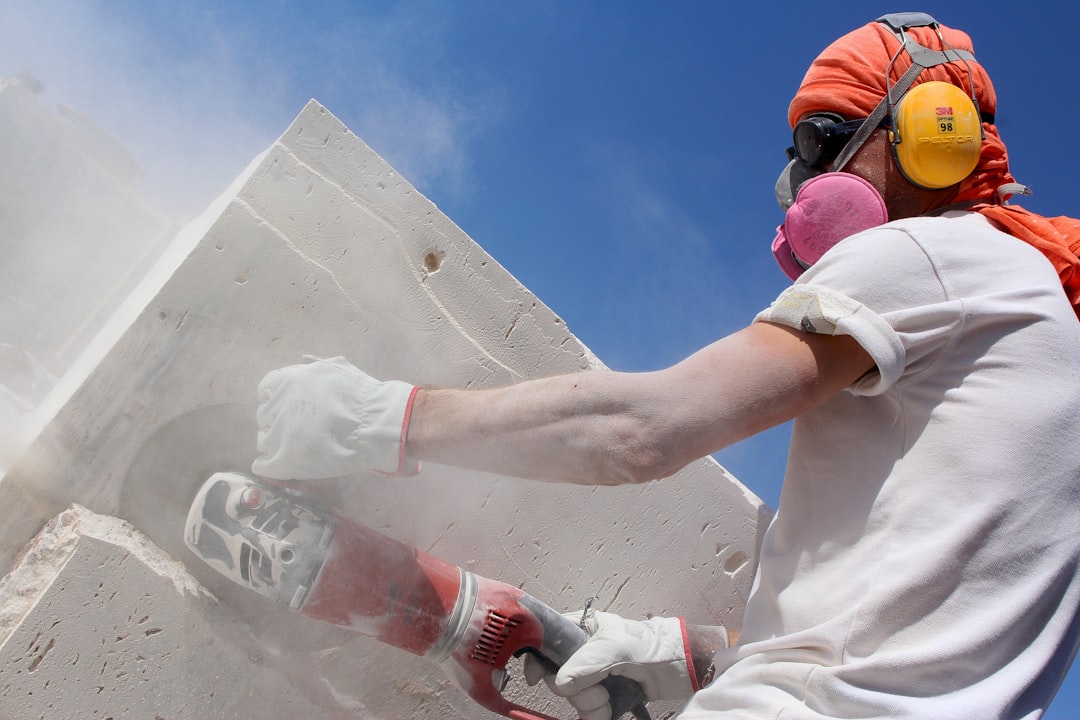
In a four-season climate like Augusta, Maine, energy bills rise and fall as quickly as the temperature. Homeowners want comfort without sky-high costs, and contractors need dependable numbers they can stand behind. That’s where CountBricks comes in. Our AI-powered estimating platform listens to your on-site conversation, pulls live material pricing from local suppliers, and produces a detailed spray foam insulation scope, budget, and invoice in real time.
• Superior R-value keeps frigid winter drafts out and conditioned summer air in
• Expands to seal hidden gaps common in historic Maine framing
• Resists moisture, mold, and the freeze-thaw cycles that damage cellulose or fiberglass
• Cuts air leakage by up to 50 %, slashing heating oil and electric consumption
Even seasoned insulation pros struggle with three pain points:
1. Pricing volatility for closed-cell and open-cell foam chemicals
2. Accurately calculating board-feet in irregular framing cavities
3. Producing polished quotes fast enough to win the job before competitors pounce
CountBricks solves all three by streaming current supplier data, performing blueprint takeoffs in seconds, and formatting a branded proposal your client can sign on the spot.
1. Speak naturally: On site or over a video call, describe the attic, walls, or basement you’re insulating. Mention square footage, stud depth, and target R-value.
2. Real-time AI capture: Our voice engine converts your narration to structured data and instantly measures digital plans you upload.
3. Live pricing: CountBricks links to Maine distribution centers, updating material costs by the minute. No more outdated spreadsheets.
4. Labor calibration: The platform references regional productivity rates for Augusta crews, factoring in travel time to rural job sites.
5. Instant deliverables: Within moments you have a detailed line-item estimate, scope narrative, and payment schedule formatted with your logo or the CountBricks default template.
Need a change? Just say “adjust wall cavity to 5.5 inches” and the numbers refresh.
• 2” Closed-cell walls: 3,000 board-feet @ live rate $1.25 = $3,750
• 3” Open-cell roof deck: 4,400 board-feet @ live rate $0.84 = $3,696
• Prep & cleanup labor: 32 crew-hrs @ $48 = $1,536
• Equipment & safety: Flat $350
Total estimated cost: $9,332 as of today’s feed
Your client sees how each figure is sourced, and you remain protected against price swings.
Augusta’s adoption of the Maine Uniform Building and Energy Code (MUBEC) introduces prescriptive requirements for continuous insulation, fire blocking, and vapor retarders. CountBricks’ rule-set engine flags any missing code notes and auto-inserts them into the scope. When inspectors ask, your documentation is already prepared.
• Maine Efficiency rebates for achieving ≥R-20 continuous insulation
• Federal 25C tax credit up to 30 % of material cost
• Potential property tax reductions for energy-efficient retrofits
CountBricks’ estimate highlights each incentive line so homeowners instantly see the payback, helping you close deals faster.
• Voice-driven workflow eliminates late-night spreadsheet sessions
• AI blueprint takeoffs finish in minutes, not hours
• Error reduction through automatic material conversion and waste factors
• Integrated e-signature and invoice collection speeds cash flow
• Cloud storage keeps every insulation project accessible from truck, office, or cabin up north
When local builder Pine View Homes partnered with CountBricks on a 1930s riverfront bungalow, the site-built rafters varied from 2×6 to 2×8. Traditional takeoffs took half a day. Using CountBricks, the superintendent walked the job with a phone, called out dimensions, and had a fully costed spray foam package in 12 minutes. The project finished 6 % under budget because real-time material updates allowed early purchasing.
Ready to cut estimating time and boost win rates? Create your free account at CountBricks.com/services. Upload a set of plans or schedule a voice demo, and watch the numbers populate as you speak. For larger firms, our onboarding team will integrate CountBricks with your existing accounting software in under a week.
• Can I edit waste factors? Yes, simply say “set waste to seven percent” and the platform adjusts.
• Does CountBricks include fireproof intumescent coating? If code requires it, that line is auto-generated with current pricing.
• How often are prices refreshed? Every four hours or on demand with a single click.
• What about projects outside Augusta? Our database covers all of Maine and the greater Northeast.
Spray foam insulation in Augusta, Maine demands precise sizing, up-to-the-minute pricing, and code-ready documentation. CountBricks delivers all three through AI conversation, automated takeoffs, and integrated invoicing—so you can focus on building warmer, tighter, and more profitable homes.

A few percentage points in yield can swing profit margins on a spray foam job. CountBricks tracks historical production rates for each crew member and rig, then suggests target yields before you roll onto site.
1. Data capture: Every completed CountBricks invoice records actual board-feet sprayed versus estimated.
2. Pattern recognition: The platform flags trends like lower output on high humidity days common along the Kennebec River.
3. Predictive adjustment: On a new Augusta project, CountBricks recommends dialing in temperature, pressure, and pass thickness to hit ideal expansion.
• Pre-warm drums to 75 °F in winter to prevent viscosity-related clogging
• Spray a thin “skim coat” on cold sheathing first; CountBricks recalculates lift thickness automatically
• Use our mobile yield calculator to verify foam density every 100 sq ft
Contractor Maine Home Solutions adopted these insights on a 5,000 sq ft Colonial retrofit. CountBricks predicted a 4 % over-spray risk; the crew followed the tailored settings and finished 2 % under target, saving $640 in material while still exceeding R-value requirements.
Visit CountBricks.com/portfolio to see additional spray foam success stories, or schedule a personalized walk-through at CountBricks.com/consultation.